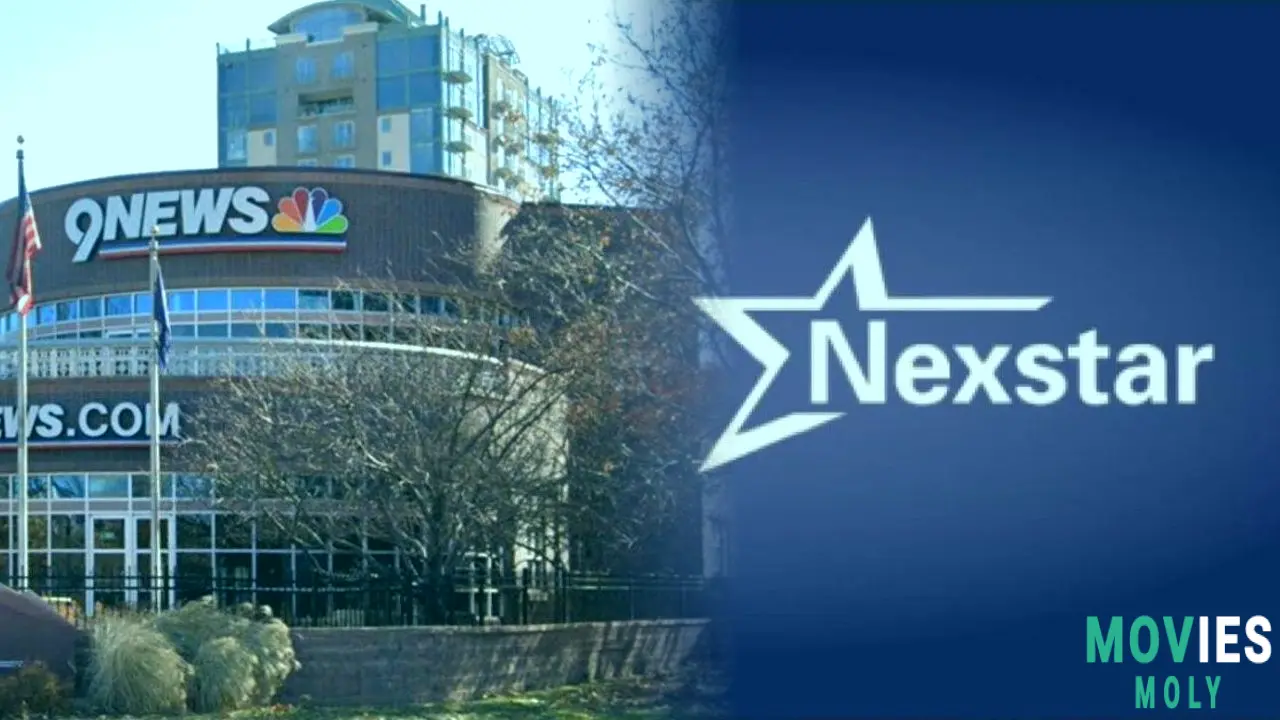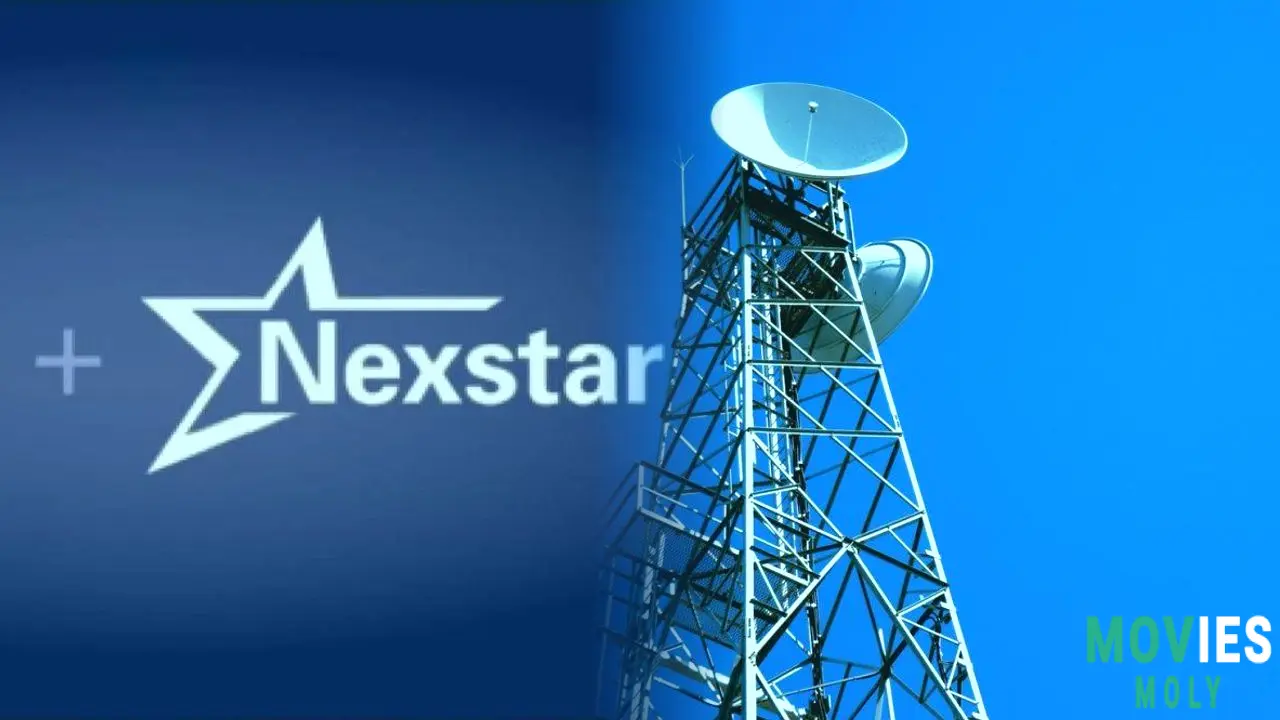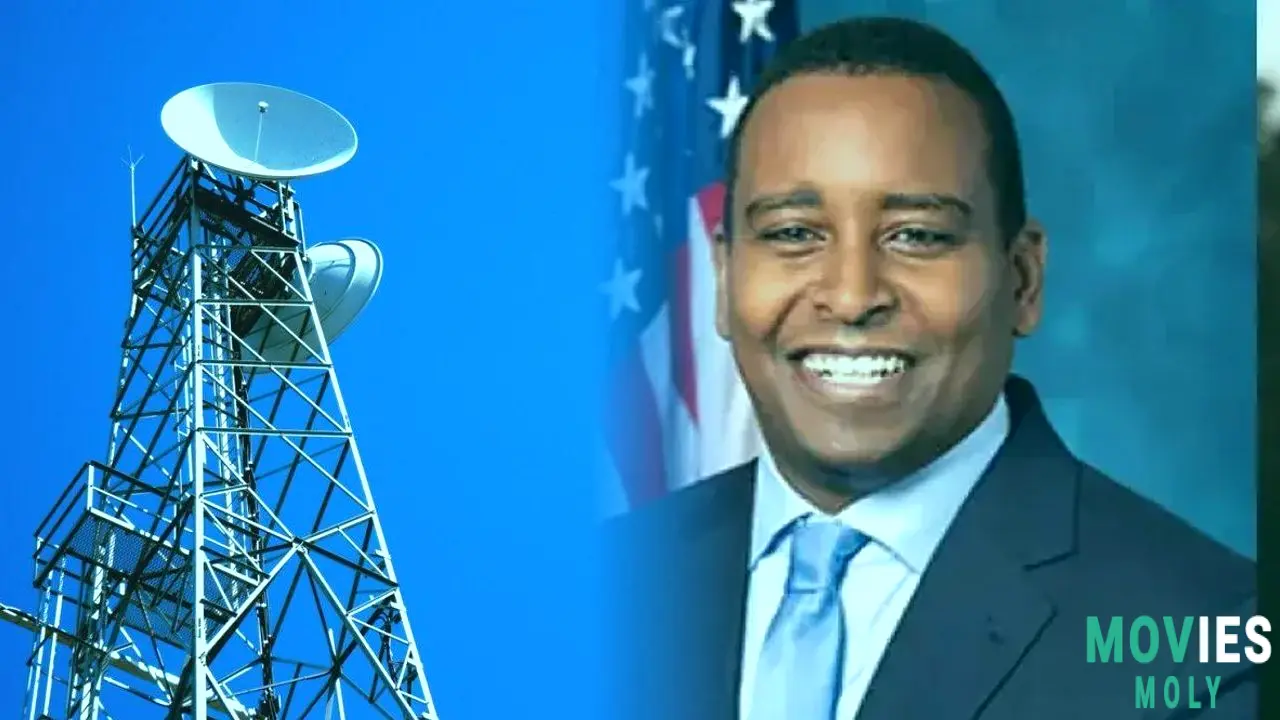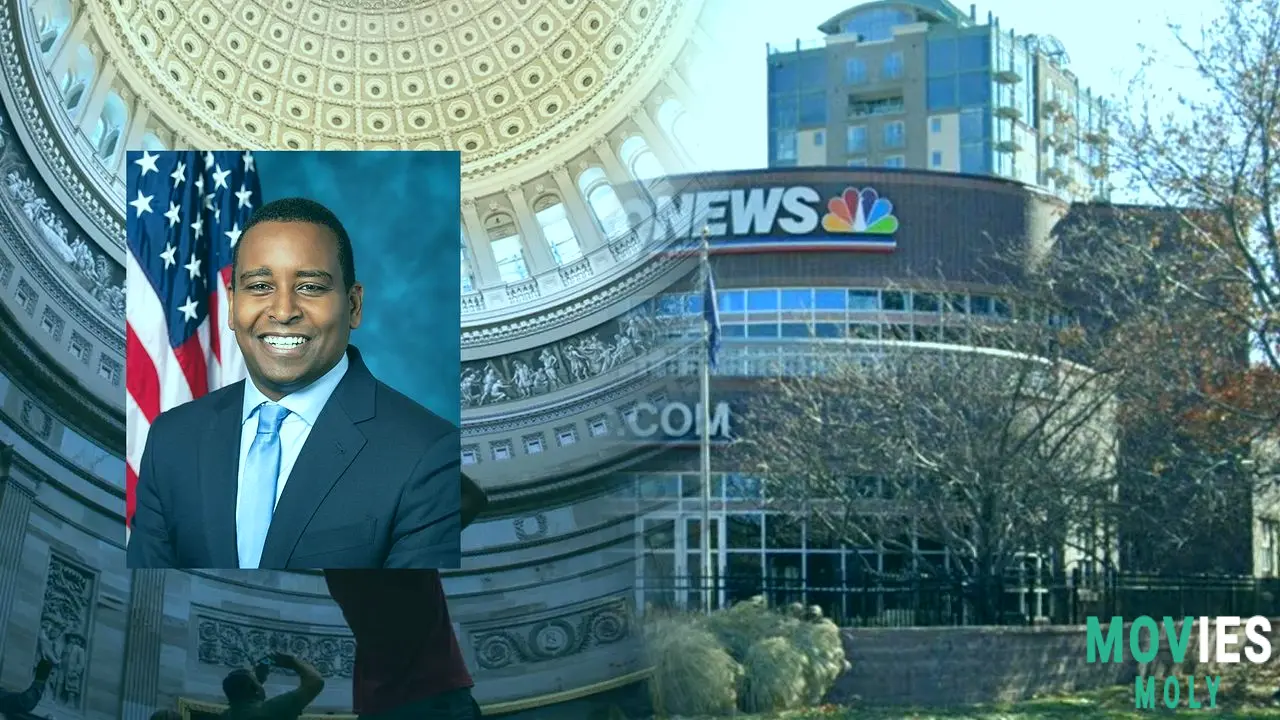Get ready for a major shake-up in local TV! The proposed Nexstar-TEGNA merger is sparking a huge debate at the FCC about how many stations one company can own, and it could totally change your local news landscape.
TL;DR- The $6.2 billion Nexstar-TEGNA merger is raising alarms for potentially violating current FCC broadcast ownership caps.
- FCC leaders are split on whether the agency can unilaterally change these long-standing rules, sparking a contentious "quadrennial review."
- Colorado lawmakers are actively opposing the deal, fearing it will reduce local journalism and community-focused news.
A Massive Merger That Could Reshape Your TV Screen

So, here's the deal: Nexstar Media Group, already the biggest independent owner of broadcast TV stations in the country, announced back in August 2025 that it wants to acquire TEGNA Inc. for a whopping $6.2 billion. If approved, this isn't just a big deal; it's a colossal one that would create the largest local broadcasting company in the U.S.
Imagine this: 265 television stations spread across 44 states and Washington, D.C., all under one roof. This expanded network would reach nearly 80% of U.S. households, touching base in nine of the top ten TV markets and 82 of the top 100. That's huge, right?
But there's a catch, and it's a big one. Current FCC rules, which have been around since the 1996 Telecom Act, say a single company can't own TV stations that collectively reach more than 39% of U.S. TV households. Nexstar's proposed acquisition would blow past that cap, setting up a major clash with existing regulations.
The FCC Is Grappling With Outdated Broadcast Rules

At the heart of this whole discussion is the Federal Communications Commission (FCC) and its ongoing "quadrennial review" of media ownership rules. Every four years, the FCC is supposed to reassess market conditions to make sure its rules keep pace with the times. And boy, have times changed since 1996!
FCC Chairman Brendan Carr believes these ownership caps – for both local radio and television – aren't set in stone by law. He says they're "rule-based" and can be modified by the FCC itself, especially since the Telecom Act has a built-in requirement biased toward deregulation. In fact, he notes that regulators from both sides of the aisle have believed this for over a decade.
"The ownership cap is a rule-based cap, not a statutory cap, and as a rule-based cap, it can be modified by the FCC," said Brendan Carr.
However, not everyone at the FCC agrees. Democrat Anna Gomez remains unconvinced, arguing that "only Congress can raise the cap" and that the ability to change these limits is "set in statute." She's also concerned that deregulation could have serious downsides, potentially leading to "news deserts" in local communities if independent media outlets disappear.
The FCC actually voted in September to move forward with this rulemaking process, seeking public feedback on ownership limits. But for now, the comment period for these potential updates is on hold, thanks to a government shutdown.
Colorado Lawmakers Are Sounding the Alarm on Local News Impact

This isn't just a theoretical debate in Washington; it has real implications for communities. In Colorado, for example, the proposed merger is causing significant concern. Democratic Representative Joe Neguse and Senator Michael Bennet sent a letter to Chairman Carr on October 23, 2025, urging the FCC to reject the deal.
Their message is clear: the merger "would violate the national broadcast ownership cap and could have devastating consequences for our home state of Colorado." They believe the deal would "put corporate profit above the needs of our communities" and undermine the quality and diversity of media in the state.
Why such strong words? In Denver, Nexstar owns Fox31, while TEGNA owns 9NEWS and KTVD (Channel 20). Nexstar also has stations in Colorado Springs and Grand Junction. Lawmakers worry that this kind of consolidation could lead to centralizing news content, reducing community-specific reporting, and ultimately costing local journalism jobs. They've even pointed to a past merger in Denver (KDVR/KWGN in 2008) where newsrooms were consolidated, which they contend led to lower independent news output.
It's not just Neguse and Bennet; Colorado Governor Jared Polis and Attorney General Phil Weiser have also voiced concerns, highlighting the widespread worry about what this means for local news. The lawmakers insist that approving the merger is "not in the public interest, nor is it within the authority of the FCC," arguing that only Congress has the power to change the caps.
Why Some Broadcasters Want the Rules to Catch Up to the Digital Age
On the flip side, there's a strong push from Nexstar and other broadcasters to relax these ownership limits. Nexstar CEO Perry Sook has repeatedly argued that local TV stations need to combine and scale up to compete effectively against "Big Tech" giants like Amazon Prime Video, Netflix, and YouTube, which operate without the same regulatory "shackles." He fears a future where "news delivered by a chatbot" becomes the norm if traditional broadcasters can't adapt.
Stephen Moore, a former senior economic adviser to President Donald Trump, echoes this sentiment, calling the 39% national audience reach cap a "regulatory fossil" from 1941 – years before transistors, cable TV, or the internet existed. He argues that today, streaming services dominate, capturing nearly 46% of total TV usage, while traditional broadcast's share is dwindling (18.5%).
Proponents of deregulation argue that the current caps actually hinder competition and innovation. They point out that fragmented station ownership prevents pooling resources for expensive original programming or live sports rights, something streaming platforms do effortlessly. They even suggest that relaxing the rules could actually boost local journalism, citing data showing that as station groups consolidated between 2011 and 2023, local news telecasts surged and weekly news hours jumped significantly.
The National Association of Broadcasters (NAB) is a big advocate for relaxing these limits, saying outdated restrictions "hinder investment, innovation and the ability for local radio and television broadcasters to serve communities." Executives from Cumulus Media and Beasley Media Group have also publicly supported this view.
What's Next for This High-Stakes Media Battle?
As you can see, this isn't just some boring bureaucratic squabble. It's a fundamental debate about the future of media, local journalism, and how you'll get your news and entertainment. The Nexstar-TEGNA merger is expected to close in the second half of 2026, but that's all "pending approval from regulators and shareholders."
With FCC commissioners openly disagreeing on the agency's authority to change the rules, and advocacy groups like Free Press pushing back against unilateral changes, legal challenges are looking pretty likely for whatever the FCC ultimately decides. For now, the entire process is paused, waiting for the government shutdown to end so public feedback can continue. Keep an eye on this space; the outcome could really shake up what you see on your screens.
FAQ: Your Burning Questions About Media OwnershipWhat are the current broadcast ownership limits?
Currently, a single company can own broadcast television stations that reach a maximum of 39% of U.S. TV households. For local radio, broadcasters in the biggest markets can own up to eight stations, with fewer allowed in smaller cities. These rules have been in place since the 1996 Telecom Act.
What is the FCC's quadrennial review?
The quadrennial review is a process mandated by the Telecom Act, where the Federal Communications Commission (FCC) reassesses its media ownership rules every four years. The goal is to ensure these rules are keeping pace with market conditions and consumer interests. The current review is generating significant debate about whether to relax existing limits.
When will the FCC decide on the Nexstar-TEGNA merger and ownership caps?
The Nexstar-TEGNA merger is expected to close in the second half of 2026, but it needs FCC approval. The FCC has not indicated a specific timeline for its decision on the merger. Meanwhile, the public comment period for the broader quadrennial review of ownership rules is currently on hold due to a government shutdown.
Why is there a debate about the FCC's power to change ownership caps?
FCC Chairman Brendan Carr believes the local radio and TV ownership caps are "rule-based," meaning the FCC can change them without Congress. However, Commissioner Anna Gomez argues they are "statutory" and only Congress can alter them. This disagreement over the FCC's authority is a major "fault line" in the current review process and could lead to legal challenges.
Sources- Insideradio.com (October 2025)
- 9NEWS.com (October 2025)
- Quiver CongressRadar (October 2025)
- TheDesk.net (October 2025)
- MLex (October 2025)
- Law360 (October 2025)
- Washington Examiner (October 2025)
- RBR.com (October 2025)






